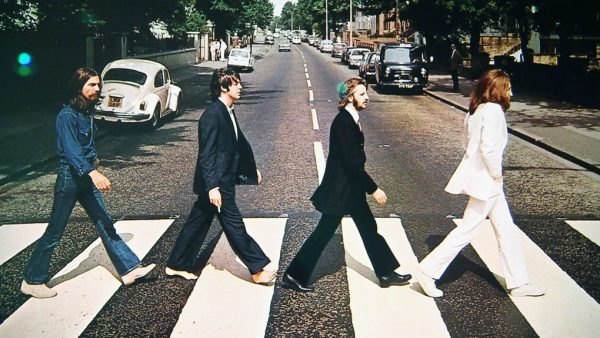Brain food helps minds stay hungry to learn
By KATHLEEN QUANDT
Staff Intern
Busy college students have grown accustomed to ditching meals for a bag of greasy chips or fudge brownies from the vending machine. Still, there are healthier options to keep the body and mind going.
Just like the rest of the body, the brain needs certain nutrients to function well. According to an article released by Psychology Today, the foods one eats affects the brain’s general tone, level of energy and how it handles tasks.
According to psychologytoday.com, the proper foods can enhance mental capacity, help concentration, tune sensory motor skills, keep one motivated, magnify memory, speed reaction times, defuse stress and perhaps even prevent brain aging.
“Some people like to say the brain is a muscle, you have to exercise it and you have to feed it right,” said Joanne Talarek, RN, MSN, nurse practitioner and Director of Graham Health Center.
According to The Franklin Institute Online, there is a brain food pyramid similar to the conventional food pyramid. However, this one is a three-dimensional structure with four sides. Visit www.fi.edu for more.
Each side of the pyramid represents a nutritional aspect of food and its primary metabolic role in brain structure and function.
One side of the pyramid is fatty acids. Your brain uses fatty acids from fats to create the specialized cells that allow you to think and feel.
Another side to the pyramid is amino acids. Amino acids from proteins are used to make the neurotransmitters that allow your brain cells to network and communicate. Animal foods, such as eggs and milk products, supply the amino acids that come from the breakdown of protein.
Glucose from carbohydrates, another side to the pyramid, is the fuel your brain uses to produce the energy that moves and motivates you. It is important to eat often enough to maintain adequate levels of glucose. Not eating often enough can lead to poor concentration and low energy levels.
Although candy and other sweets contain sugar, part of the simple carbohydrate family that fuels the brain, other foods, such as fruit, contain complex carbohydrates. The carbs gradually break down and provide a steady flow of glucose to the brain rather than a quick fix.
“Your body is going to get energy from the food you eat, so eat a simple sugar,” Talarek said. “Then that dumps a lot of sugar, a lot of glucose, a lot of energy into your bloodstream.”
Talarek also said that loading up on too much sugar can make one feel more fatigued than energized.
“All at once and you get this surge and then a drop which can cause a lot of fatigue and so that’s when people don’t just feel really good,” Tslarek said.
Talarek said that if someone ate a balanced diet with the combination of protein and carbohydrates, they would metabolize the carbohydrates for glucose and energy. This would allow them an even level of energy until the next meal.
Micronutrients, the last side of the pyramid, are from fruits and vegetables and are the antioxidants the brain relies on to guard its cells from damage and dysfunction. Eating the recommended five servings of fruits and vegetables every day will ensure an adequate amount of these vitamins and minerals.
But students at Oakland University have different eating habits when it comes to snacking.
Nick Zagorski, a junior and biological engineering major, said he likes to snack on M&M’s or any type of candy while studying. He has tried snacking healthy.
“I try it every once in a while,” Zagorski said. “It usually doesn’t taste as good so I go back to candy and that sort of thing. I guess if I’m trying to be healthy, I look at the amount of protein it has.”
Janell Hallauer, a pre-med student, prefers healthier snacks. She said that snacks are a common part of her nutrition, including finger foods like fruits, marshmallows, bread, cereal and granola bars.
“I don’t really like to eat just one meal,” Hallauer said. “I snack a little bit remotely healthy five times a day.”
Power bars or granola bars make great brain food because they are portable and low in calories and provide energy.
Trail mix is made with a variety of foods like dried fruit, nuts, seeds and chocolate and can be made at home. The nuts are filling and full of protein. A more affordable option is roasted peanuts.
Dried fruit supplies vitamin C and is very portable. It is much easier to carry than fresh fruit.







